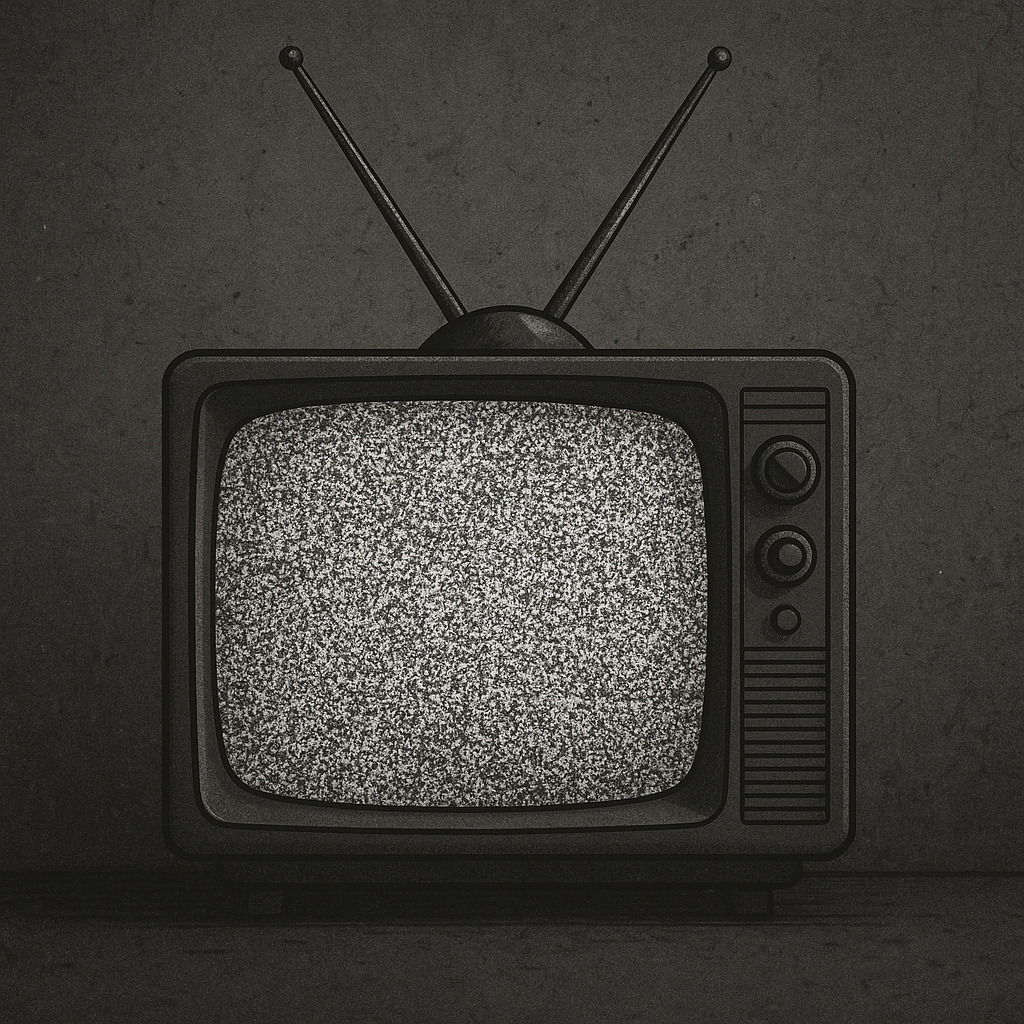There are solutions to this though. Someone created Ersatz TV…which allows you to turn your media library into a complete TV channel. So you can create your own linear content.
There is also subscribing to cable. You can still do that. But cable isn’t necessarily the value proposition it once was. People are abandoning it in droves.
And finally, there is the final option, broadcast TV. The airwaves are meant to be public and available to all without subscription. Broadcast is also at risk though. The latest standard for brodc ast in the US is ATSC 3.0. Some may remember the transition to digital broadcast, or ATSC 1.0 twenty years ago. The government gave out coupons for external tuners, and new televisions stasrted to get tuners over time. That is not happening this time.
NextGen, aka ATSC3.0
ATSC 3 actually allows for encryption, which was originally promoted as a way to add additional services, but now many broadcasters are encrypting their regular feeds, while running older ATSC1 transmissions alongside. Meanwhile, with no mandate to provide tuners, only higher end televisions are being built with ATSC 3 support, yet the government seems to be accepting lobbyists’ push to move forward on discontinuing the older standard beginning in 2028. Despite the current administration, which tends to be pro business, often over consumer, the FCC is considering public comment in its notice of proposed rulemaking. Specifically whether they should reconsider the lack of a mandate for ATSC3 tuners in new TVs as they did in 2002 and whether they should mandate unencrypted broadcast channels as originally intended before encryption technology was a consideration.
So, our only hope for free to watch television is currently in the hands of the FCC, who will hopefully come up with something fair, or to make our own station…which only our families can watch. I will give them credit, however, they so far are acknowledging there may be a problem, but that does not mean they will actually do anything about it. They don’t have the track record of making consumer friendly decisions, or when they do, ensuring they actually result in what is intended.
That program to give people free tuners as part of the conversion was difficult to navigate, and confusing for people. It took years to resolve itself. That was why the FCC tried to let the market handle the migration this time, but corporations aren’t offering tuners to the people who use them the most, they aren’t lowering hurdles to the manufacturer.
They should have learned after they let encryption happen to cable. You used to be able to tune cable channels with your TV, but then the cable companies started encrypting, and wanted you to rent a box from them. So, the FCC required they offer the encyption as a plug in device called a cablecard, so you would be able to return to using the tuner in your TV. But like the ATSC 3.0 tuners, the TVs that offered cablecard support were higher end and you couldn’t buy an external tuner with some rare exceptions. And trying to find someone at the cable company to give you the mandated cablecard was equally hard. The FCC finally eliminated the cablecard mandate in 2020. I still have one, and I am sure my provider will force me to give it up any day now. In deciding to give up the cablecard, the FCC cited apps that could be run on multiple devices as giving people the freedom to watch on the device of their choice, but that is still a limited experience.
Hopefully broadcast television doesn’t go the same way.

